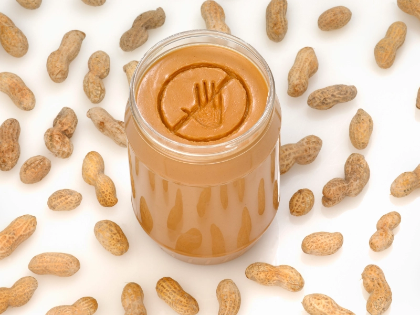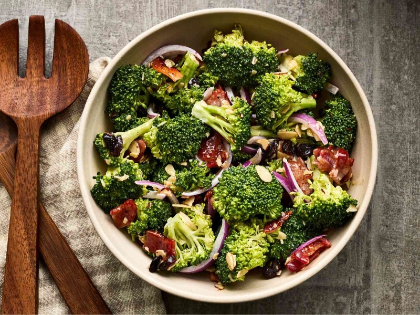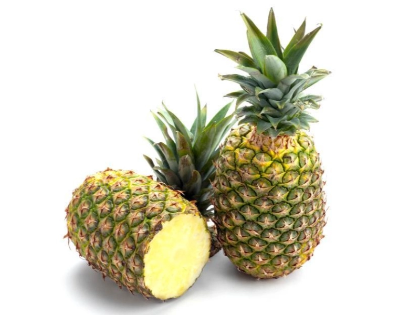Ancient Grains: Rediscovering Nutritional Powerhouses
What are ancient grains?
Preserving their nutritional integrity and distinctive aromas, ancient grains are those that have been essentially unaltered over the millennia. Ancient grains include quinoa, farro, spelt, amaranth, and millet, unlike modern grains which have been cultivated for particular qualities such as yield and gluten content. Originally grown thousands of years ago, these grains are sometimes regarded as more nutritious than their contemporary counterparts. Growing knowledge of health and nutrition as well as a taste for more varied and savory food options promote their comeback in appeal.
Ancient Grains: Nutritional Value
Any diet would benefit from ancient grains since they are high in vital elements. Usually speaking, they have more protein, fiber, vitamins, and minerals than processed grains. For vegetarians and vegans especially, quinoa provides a complete protein offering all nine necessary amino acids. Many ancient grains also abound in phytochemicals and antioxidants, which fight oxidative stress and bodily inflammation. Including these grains into your diet will help you be generally healthy and well.

The Fibre Factor
The great fiber count of ancient grains is one of their unique qualities. Maintaining digestive health, controlling blood sugar levels, and increasing a sensation of fullness all depend on fiber. Including ancient kinds, whole grains can help lower the risk of chronic diseases including some cancers, diabetes, and heart disease. Individuals can greatly increase their fiber intake by substituting ancient grains for refined grains, therefore promoting better digestion and more satiety.
Options Free of Gluten
Ancient grains including quinoa, amaranth, and millet provide healthy substitutes for conventional wheat-based foods for persons with gluten sensitivity or celiac disease. These gluten-free grains offer vital minerals free of the negative consequences connected to gluten. Ancient grains are becoming more and more interesting for a larger audience as demand for gluten-free products rises with knowledge of gluten-related diseases. From salads to baked products, they can be utilized in a variety of meals hence enabling flexibility in meal preparation.
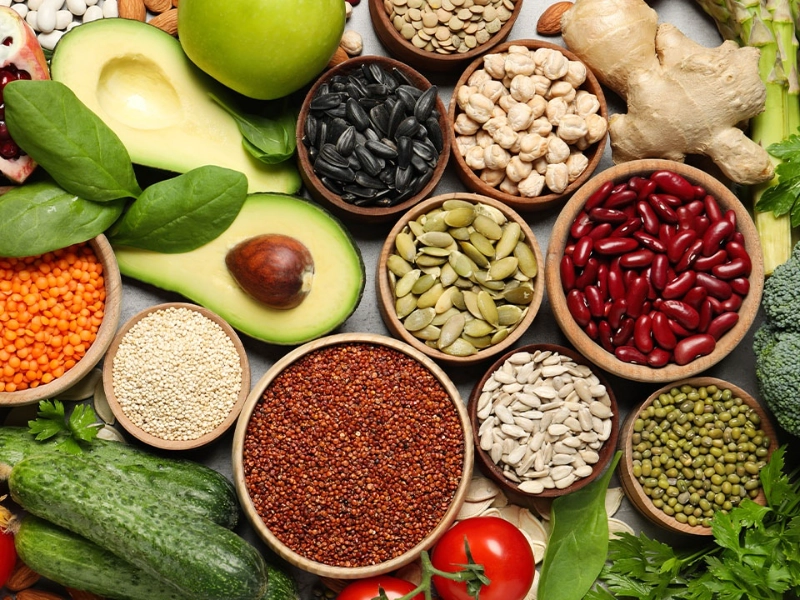
Culinary Adaptability
Not only are ancient grains healthful, but they also are rather flexible in the kitchen. A range of recipes can call for them, including grain bowls, soups, stews, and salads. Their unusual flavors and textures can improve savory as well as sweet dishes. Farro, for instance, has a chewy texture and nutty taste that go nicely with roasted vegetables; quinoa can be used as a side dish or salad basis. Experimenting with ancient grains will help diversify your diet and produce amazing gastronomic masterpieces.
Environmental Sustainability
Growing ancient grains frequently supports environmentally friendly farming methods. Unlike modern grain varieties, many ancient grains are resistant and resilient, using less resources including water and fertilizers. Choosing ancient grains lets customers support agricultural biodiversity and more environmentally friendly farming methods. This environmental factor fits the increasing trend toward sustainable food options and deliberate eating.
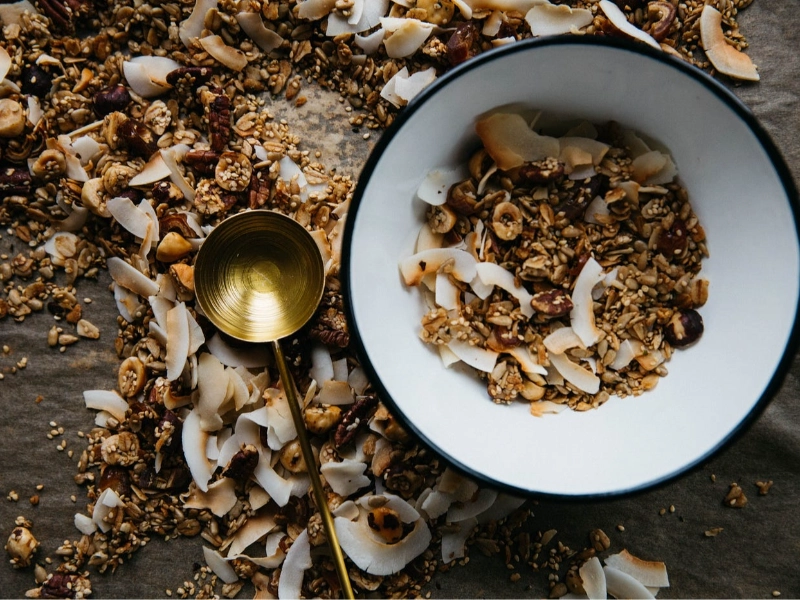
Historical Relevance
Throughout history, diets of many civilizations have revolved heavily on ancient grains. For the Incas, who called quinoa the "mother grain," it was, indeed, a staple diet. Likewise, spelt has been grown for thousands of years in Europe and was a main food supply for prehistoric societies. Rediscovering these grains helps us to respect the numerous food cultures that have formed human history and connect with our culinary background.
Including Ancient Grains in Your Food Plan
Including ancient grains into your regular meals may be quick and fun. Start in your favorite dishes by substituting older forms of conventional grains. For extra texture and nutrients, toss farro into salads or substitute quinoa for rice. These days, many grocery stores have a range of ancient grains readily available. Online cookbooks and recipes also offer ideas for including these grains into your dishes.

Ancient Grains: Their Prospect
Ancient grains are probably going to get more and more trendy as the market for more varied and healthier food options keeps growing. Food producers are starting to see their possibilities, which is driving the creation of new goods with ancient grains. From morning cereals to ancient grain bread, the market is growing and customers may more easily add these nutritional powerhouses into their diets.
Ancient Grains: Their Prospect
Ancient grains are probably going to get more and more trendy as the market for more varied and healthier food options keeps growing. Food producers are starting to see their possibilities, which is driving the creation of new goods with ancient grains. From morning cereals to ancient grain bread, the market is growing and customers may more easily add these nutritional powerhouses into their diets.
Synopsis of Ancient Grain Nutritional Authority
Compared to current grains, ancient grains are a treasure store of nutritious value with more protein, fiber, and vital elements. For those who are health-conscious, incorporating ancient grains into their diet can lead to improved overall well-being and a more balanced nutritional profile.





